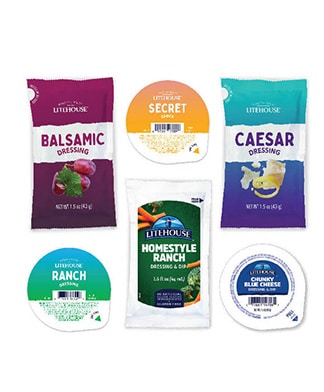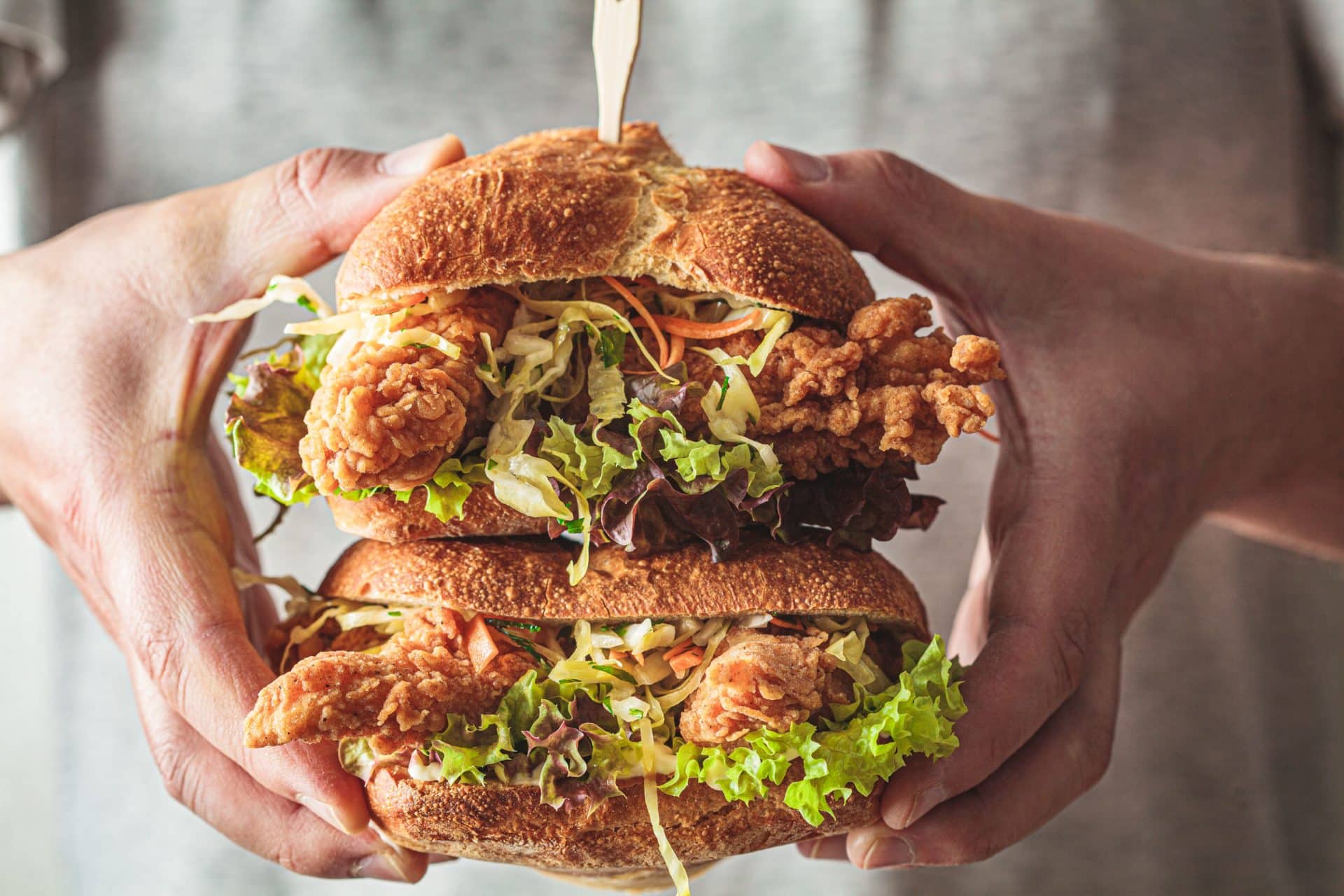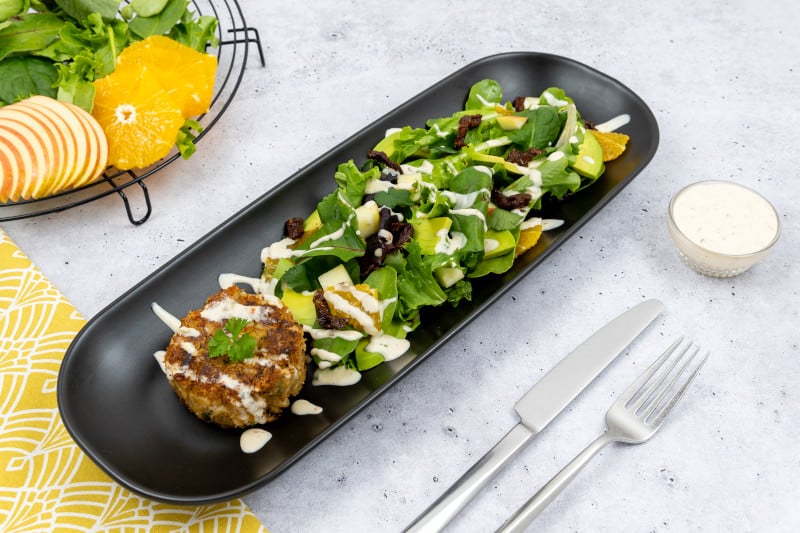The Solution
Limited-Time Offers (LTO’s) can be an important part of a restaurant’s appeal to patrons as well as a strategic tool to stay current with trends, fend-off competition, and improve the bottom line. In the prior section (THE OPPORTUNITY), we defined LTO’s, gave an overview of the benefits, and outlined reasons to choose an LTO program. In the coming section, (THE SOLUTION), we will offer guidance for developing a team, determining items, crafting a plan, and getting feedback about your existing or new LTO program.
Creating an LTO Development Team
Now that you have decided you should develop and LTO program, it’s important to include key people.
There are many benefits of an LTO program, and once program goals are outlined, it’s time to gather your team to determine the right LTO items for your operation and patrons (current and future). When starting this process, you need to ensure that you have the right people involved. This allows for assurance that the program is feasible and that there is buy-in across the board. When making menu changes, be sure to include the essential players: chefs/culinary team, menu committee, operations team, and marketing team.
Determining LTO Items
With the right people involved, now comes the food part!
After you’ve assembled your team, it’s time to create some exciting, tasty ideas. Bring forward any recipe ideas developed by you or your team. Reach out to multiple sources for inspiration, including suppliers and vendors.
Industry research shows that the Key Themes from 2020 Best-in-Class LTOs were:
- Items with Brand Mentions
- Items with “Rich” Mentions
- Pumpkin Lattes
- Items with Chocolate or White Chocolate
- Mentions of “Sweet” or “Sweetened”
- Plant-Based Meats
- Berry Beverages
- Items with “Fresh” Mentions
- Beef Dishes
- Spicy Handhelds
- Coffee-Based Drinks
- “Melted” Cheese Mentions
(Source: Technomic Ignite, “30 Best-in-Class LTOs for 2020,” 2021)
While developing ideas to meet trends or to simply be a bit more creative, consider the following for inspiration…
- new items/flavors/sauces from suppliers like Litehouse.
- seasonal items (for holidays and for regional/special events).
- recipe ideas you’ve been considering for your ongoing menu.
- items that are “outside of the box” and have emerging mass appeal.
- connection with future items in your LTO program.
- global cuisine.
- plant-based alternatives.
- ideas/suggestions developed by vendors.
When describing your LTO item remember these Do’s and Don’ts:
- DO: Give enough detail to differentiate and inform.
- Weaker Example: “A ¼ pound patty, American cheese, pickles, mustard, and ketchup on a sesame seed bun.
- Stronger Example “Freshly prepared, hand-pattied, 100% ground beef stuffed with shredded cheddar and topped with bacon-onion jam. Served on a toasted bun with crisp lettuce, fresh tomatoes, red onions, dill pickles and Duke’s mayonnaise.
- DON’T: Get too specific or forget to describe the taste.
- Weaker Example: Bite-sized rounds of diced potatoes and melted American cheese covered in breading.
- Stronger Example “Crunchy outside; gooey cheese & warm potato inside.
(Source: Technomic Ignite, The Five Types of LTOs, April 2020)
Crafting an Effective LTO Plan
With recipe ideas explored, now comes more of the business side.
It is critical to outline goals for your LTO program and ensure they are aligned with your overall business objectives.
After your LTO concept is set, you’ve explored and selected an item to start with, you’ll need to ensure the plan will be effective. In order to craft an effective LTO plan, you need to:
- understand patron preferences.
- develop recipe concepts.
- select a supplier to provide distribution and consistency.
- calculate raw food cost and patron price point to determine gross margin (use patron price point calculator).
- understand preparation and handling differences.
- determine marketing methods to be used.
- assess execution feasibility and quality.
- plan timing and duration.
Getting Feedback from Patrons and Employees
When goals and price points set, it’s time to outline testing.
Even with strong planning, the real success of an LTO program will be determined when it is live and in action. Before you launch your new item into a busy Saturday service, you need to test the execution and work out any kinks. Testing provides insight from both patrons and employees. With this information, gauge the anticipated success of the item/program success before launching on a larger scale and investing in marketing spending.
Before starting the test, determine the metrics and parameters for the testing cycle. Outline your biggest concerns (execution, taste, promotion, etc.) Order a variety of samples from suppliers. Perform taste tests with staff and some patrons. Get images of the ingredients/item for marketing (Check with vendors for this.)






